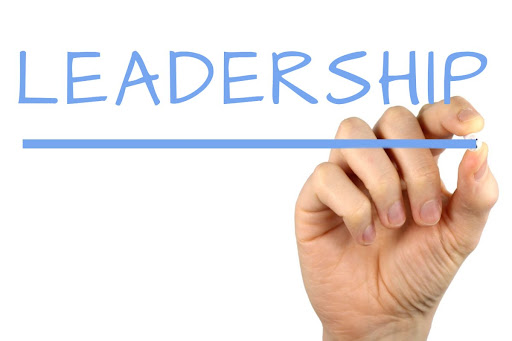Marketing with social media has become a crucial tool for public libraries. Libraries need to connect with their communities and promote their services. However, managing a social media presence for a public library can be challenging. It’s important to follow best practices to ensure that your efforts are effective for your customers. Here are three best practices for social media in a public library.
Develop A Marketing Strategy
The first step in creating a successful social media presence for a public library is to develop a marketing strategy. Identifying your target audience, determining the types of content that will be most relevant, and creating a posting schedule. Consider the type of information and services your library offers. What events do you host currently, and what does the community you serve want when creating engaging content?
Engage with your audience
Social media is not a one-way street, it’s important to engage with your audience. Respond to comments and messages daily. You also need to actively seek out opportunities to connect with your community and add new followers. Encourage your followers to share their thoughts, ask for feedback and listen to what they have to say.
Be Consistent and Authentic
Consistency is key when it comes to social media. Make sure to post regularly and maintain a consistent tone across all platforms. Additionally, be authentic and transparent when communicating with your audience. Share the library’s mission and values, and let them know what makes your library unique. Be aware of trolls and make sure to have a “social media policy” in place to deal with misinformation.
In addition to these best practices, it’s also important to ensure that your library’s social media accounts are properly set up and managed. This means keeping your library’s contact information up to date, monitoring your accounts for inappropriate content, and ensuring account security.
Also, take the time to review your analytics and measure the performance of your social media posts. This will help you understand what works and what doesn’t and adjust your strategy accordingly. Social media coordinator is a good role for professional development in public libraries for your staff.
Social media is an effective tool for public libraries to connect with their communities and promote their services. By developing a marketing strategy, engaging and being consistent with posts, you can create an online presence for your library. Remember, social media is an ongoing effort, so be ready to adapt and evolve as the platforms and audiences change.
Check my personal website for more library-specific articles to develop your career path: KathyHusserTempe.com






